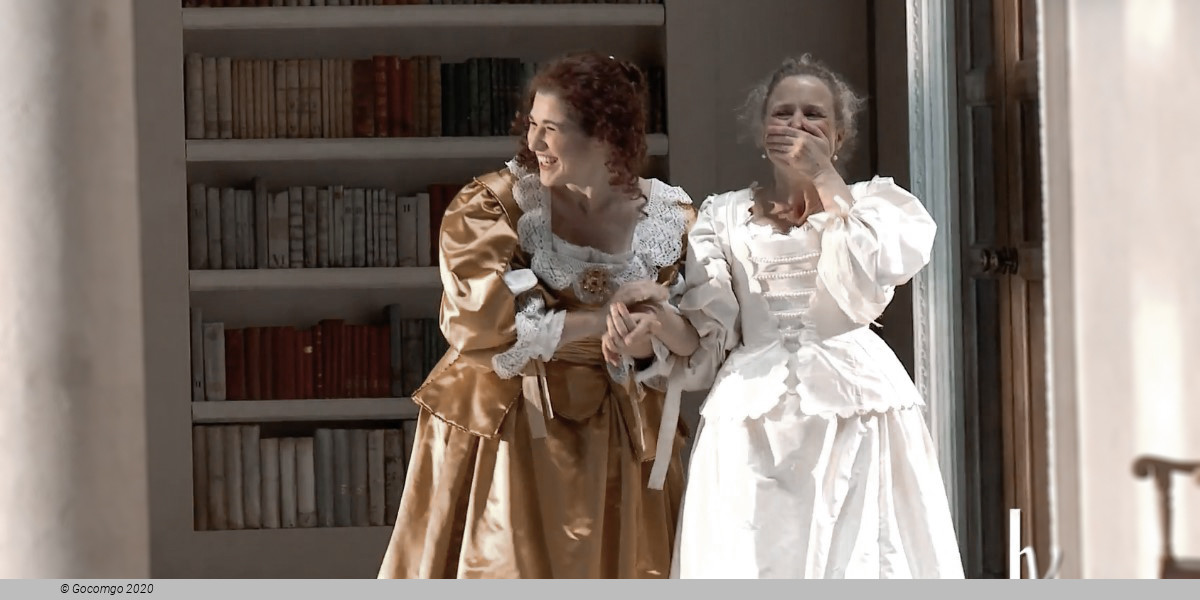Sydney Show Tickets
Sydney Show Tickets

Sydney is the capital city of the state of New South Wales, and the most populous city in both Australia and Oceania. After World War II, it experienced mass migration and became one of the most multicultural cities in the world. Sydney has hosted major international sporting events such as the 2000 Summer Olympics. The city is among the top fifteen most-visited cities in the world, with millions of tourists coming each year to see the city's landmarks. Boasting over 1,000,000 ha of nature reserves and parks, its notable natural features include Sydney Harbour and Royal National Park. Built attractions such as the Sydney Harbour Bridge and the World Heritage-listed Sydney Opera House are also well known to international visitors.
Sydney's first commercial theatre opened in 1832 and nine more had commenced performances by the late 1920s. The live medium lost much of its popularity to the cinema during the Great Depression before experiencing a revival after World War II. Prominent theatres in the city today include State Theatre, Theatre Royal, Sydney Theatre, The Wharf Theatre, and Capitol Theatre. Sydney Theatre Company maintains a roster of local, classical, and international plays. It occasionally features Australian theatre icons such as David Williamson, Hugo Weaving, and Geoffrey Rush. The city's other prominent theatre companies are New Theatre, Belvoir, and Griffin Theatre Company. Sydney is also home to Event Cinemas' first theatre, which opened on George St in 1913, under its former Greater Union brand; the theatre currently operates, and is regarded as one of Australia's busiest cinema locations.
The Sydney Opera House is the home of Opera Australia and Sydney Symphony. It has staged over 100,000 performances and received 100 million visitors since opening in 1973. Two other important performance venues in Sydney are Town Hall and the City Recital Hall. The Sydney Conservatorium of Music is located adjacent to the Royal Botanic Garden and serves the Australian music community through education and its biannual Australian Music Examinations Board exams.
Ku-ring-gai Chase National Park is rich in Indigenous Australian heritage, containing around 1,500 pieces of Aboriginal rock art – the largest cluster of Indigenous sites in Australia, surpassing Kakadu, which has around 5,000 sites but over a much greater landmass. The park's indigenous sites include petroglyphs, art sites, burial sites, caves, marriage areas, birthing areas, midden sites, and tool manufacturing locations, among others, which are dated to be around 5,000 years old. The inhabitants of the area were the Garigal people. Other rock art sites exist in the Sydney region, such as in Terrey Hills and Bondi, although the locations of most are not publicised to prevent damage by vandalism, and to retain their quality, as they are still regarded as sacred sites by Indigenous Australians.
The Australian Museum opened in Sydney in 1827 with the purpose of collecting and displaying the natural wealth of the colony. It remains Australia's oldest natural history museum. In 1995 the Museum of Sydney opened on the site of the first Government House. It recounts the story of the city's development Other museums based in Sydney include the Powerhouse Museum and the Australian National Maritime Museum.
The State Library of New South Wales holds the oldest library collections in Australia, being first established as the Australian Subscription Library in 1826. In 1866 then Queen Victoria gave her assent to the formation of the Royal Society of New South Wales. The Society exists "for the encouragement of studies and investigations in science, art, literature, and philosophy". It is based in a terrace house in Darlington owned by the University of Sydney. The Sydney Observatory building was constructed in 1859 and used for astronomy and meteorology research until 1982 before being converted into a museum.
The Museum of Contemporary Art was opened in 1991 and occupies an Art Deco building in Circular Quay. Its collection was founded in the 1940s by artist and art collector John Power and has been maintained by the University of Sydney. Sydney's other significant art institution is the Art Gallery of New South Wales which coordinates the coveted Archibald Prize for portraiture. Contemporary art galleries are found in Waterloo, Surry Hills, Darlinghurst, Paddington, Chippendale, Newtown, and Woollahra.
Sydney is the host of several festivals throughout the year. The city's New Year's Eve celebrations are the largest in Australia. The Royal Easter Show is held every year at Sydney Olympic Park. Sydney Festival is Australia's largest arts festival. The travelling rock music festival Big Day Out originated in Sydney. The city's two largest film festivals are Sydney Film Festival and Tropfest. Vivid Sydney is an annual outdoor exhibition of art installations, light projections, and music. In 2015, Sydney was ranked 13th for being the top fashion capitals in the world. It hosts the Australian Fashion Week in autumn. The Sydney Mardi Gras has commenced each February since 1979.
Sydney's Chinatown has had numerous locations since the 1850s. It moved from George Street to Campbell Street to its current setting in Dixon Street in 1980. Little Italy is located in Stanley Street.
Restaurants, bars and nightclubs can be found in the entertainment hubs in the Sydney CBD (Darling Harbour, Barangaroo, The Rocks and George Street), Oxford Street, Surry Hills, Newtown and Parramatta. Kings Cross was previously considered the red-light district though the 2014-2020 lockout laws affected this area most. The Star is the city's casino and is situated next to Darling Harbour while the new Crown Sydney resort is in nearby Barangaroo.

